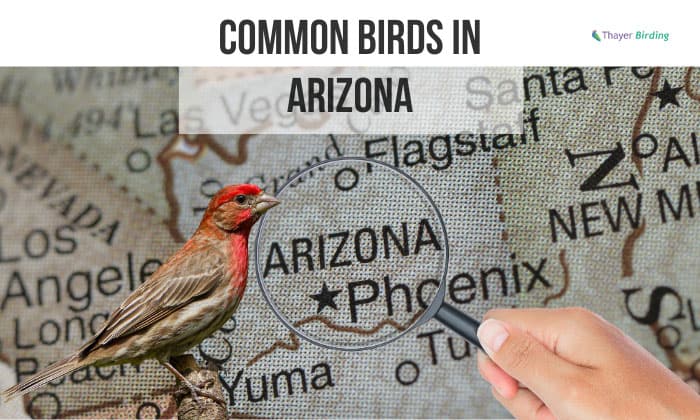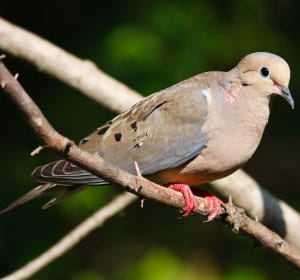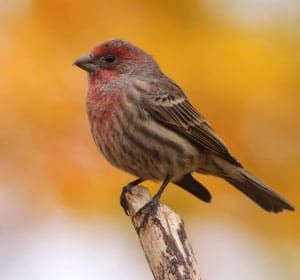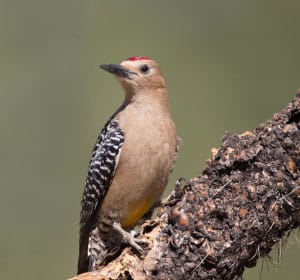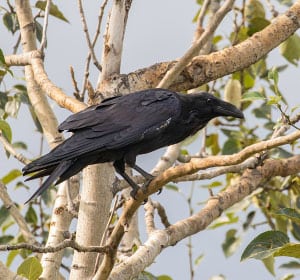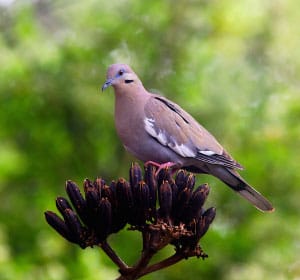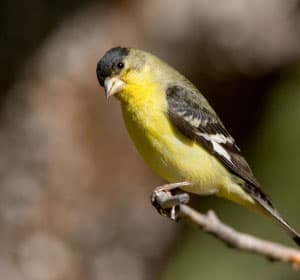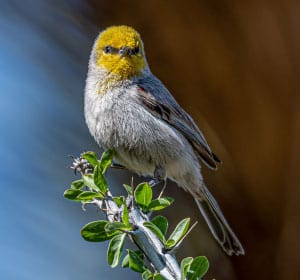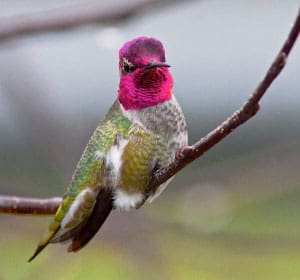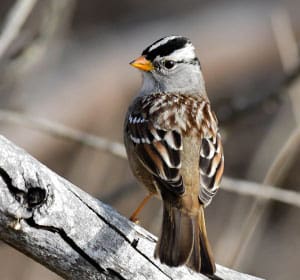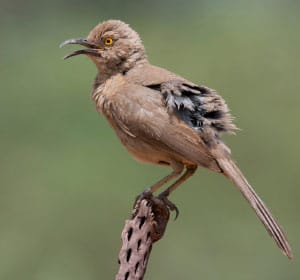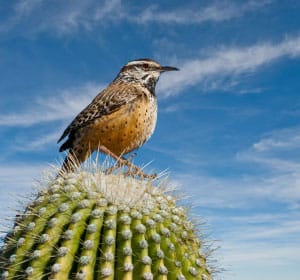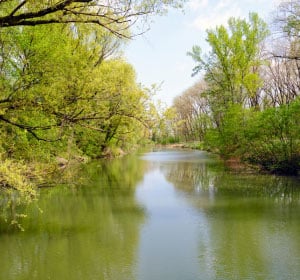Do you enjoy bird watching? If you live in Arizona, you’ve probably seen dozens of backyard birds perched on your porch or while enjoying a quiet time in the park.
Arizona is an ideal place to spot various types of birds that are a sight to watch. The most common birds in Arizona are Mourning Dove, House Finch, Lesser Goldfinch, Gila Woodpecker, White-winged Dove, and more.
If you love birds, you’ll enjoy reading the Arizona lists of birds in this article. Who knows you might be able to identify and learn the names of those beautiful birds chirping in your yard.
Table of Contents
The Bird Species of Arizona
Did you know that there are 570 bird species in Arizona? At least based on the Arizona Bird Committee (ABC) list. Some are native birds that stay in Arizona all year round while others are migratory birds.
Native Birds of Arizona
- House Finch
- Gila Woodpecker
- Verdin
- Mourning Dove
- Lesser Goldfinch
- Anna’s Hummingbird
- Yellow-rumped Warbler
- White-crowned Sparrow
- Great-tailed Grackle
- White-winged Dove
Migratory Birds in Arizona
| Arizona Summer Birds | Arizona Winter Birds |
|
|
Exploring Birds in Arizona
Since there are 570 bird species in Arizona, it won’t be possible to discuss them all. So we’ve chosen the most common among them all that you’ve possibly encountered.
1. Mourning Dove
| Scientific name | Zenaida Macroura |
| Size | 12 inches |
| Weight | 112-170 grams |
| Distinctive Features | Rounded head with broad Elliptical Wings. Short reddish-red legs. Short and dark beak with a brown-black shade. |
| Habitat and Distribution | Farms, grassland, urban areas, prairie, and wooded areas. (USA, Greater Antilles, Central America, Mexico, and Canada) |
| Diet | Mostly seeds such as sunflower, sesame, corn, rapeseed, millet, pokeberry, wheat, and safflower. |
Mourning Dove, sometimes called Rain Dove, American Mourning Dove, and Turtle Dove, is part of the dove species. It has a medium and slender body with a 37-45 cm wingspan.
Due to its broad wingspan, when it flies it creates a whistling sound that is more audible during take-off and landing. Male Mourning Doves attract the females by making a distinct and mournful sound of “cooOOoo-wooo-woo-woooo.”
Mourning Doves enjoy sunbathing and rain bathing while stretching one of their wings and laying down on the ground or tree limb. They also love water bathing in bird baths and pools, as well as dust bathing.
2. House Finch
| Scientific name | Haermorhous Mexicanus |
| Size | 5 to 6 inches |
| Weight | 16 to 27 grams |
| Distinctive Features | The face and breasts are reddish with brown lines on the tail, belly, and back. A brown tail that is square-tipped and long. |
| Habitat and Distribution | Backyards, parks, edges, suburban and urban (USA, Canada, and Mexico) |
| Diet | Berries, Aphids, sunflowers, grains, nettle, seeds, and dandelions. |
House Finch belongs to the finch species Fringillidae and is a non-migratory bird that stays in Arizona all year round. However, sightings of House Finch have the highest frequency during winter which is 47% and in summer time at 44%.
House Finch makes a sharp “cheep” sound when in flight or while resting. The sound becomes sharper as it descends to the ground. The song of this redhead bird is composed of short notes that usually end with a low or high-pitched slur.
3. Gila Woodpecker
| Scientific name | Melanerpes Uropygialis |
| Size | 8 to 10 inches |
| Weight | 65 grams |
| Distinctive Features | The wings and back are black and white stripes. Hues of gray and tan on the belly, throat, and neck. The tail is dark with white lines in the middle of the tail. |
| Habitat and Distribution | Suburbs, towns, and desert rivers. (Southwestern US, western Mexico) |
| Diet | Insects, earthworms, small lizards and birds, eggs, cactus fruit, shrub berries, wild fruit, seeds, mistletoe, flowers, and nectar |
Gila Woodpecker belongs to the Picidae family and can be spotted all throughout Arizona. Birdwatchers usually get a glimpse of this beautiful bird in the desert perched on a saguaro cactus, particularly in the morning.
Gila Woodpecker creates a unique rolling “churr”, “kee-u kee-u”, and “yip yip yip” sound which is music to the ears.
4. Common Raven
| Scientific name | Corvus Corax |
| Size | 21 to 26 inches |
| Weight | 0.69 to 2 kg |
| Distinctive Features | Slightly curved and large beak, feathers are luminous black that changes color when illuminated, |
| Habitat and Distribution | Evergreen forests, roadside, wooded areas, tundra (Northern hemisphere) |
| Diet | scavenges on maggots, beetles, and carrion |
Common Raven is a passerine bird known by different names depending on the subspecies level. It is considered one of the heaviest and largest passerine birds and has a lifespan of over 23 years.
Although these large birds only have black feathers, they seem to change colors when seen at different angles.
While this black bird produces many different sounds, the most common is the gurgling croak that increases in pitch.
5. White-winged Dove
| Scientific name | Zenaida Asiatica |
| Size | 11 inches |
| Weight | 150 grams |
| Distinctive Features | Has a blue eye ring. The upper body is brownish gray with a white patch on the wings. Brighter pink to red feet.
|
| Habitat and Distribution | River woods, grasslands, groves, deserts, brush lands, towns, saguaros, mesquites (Arizona, San Antonio, northern New Mexico, Kansas, the Caribbean, Arkansas, Oklahoma) |
| Diet | Fruits, seeds, and grains
|
You can catch a glimpse of these lovely White-winged Doves from March to September, during their breeding season. They usually fly at high altitudes and are commonly spotted around Sky Harbor, which is also one of their feeding grounds.
You can hear them call “hhhHEPEP pou poooo” or “pep pair pooa paair pooa paair pooa” mostly in the afternoon or before sunrise.
6. Lesser Goldfinch
| Scientific name | Spinus Psaltria |
| Size | 3.5 to 4.7 inches |
| Weight | 8 to 11.5 grams |
| Distinctive Features | Bright yellow underbody with white patches on the wings and tail. |
| Habitat and Distribution | Backyards and any place with shrubs or trees. (Southwestern US, Washington, Venezuela, Peru) |
| Diet | Weed seeds and tree buds |
Lesser Goldfinch is one of the small birds in Arizona. While they stay in Southern Arizona all year round, some fly to Northern Arizona during the breeding season.
Some of the distinctive sounds they make are “chig chig chig”, high-pitched “teeeyeee”, and “teeeyooo.”
7. Verdin
| Scientific name | Auriparus Flaviceps |
| Size | 4.5 inches |
| Weight | 6.8 grams |
| Distinctive Features | Gray body with bright yellow head and brownish-red shoulder patch |
| Habitat and Distribution | Urban areas, mesquite bosques, Sonoran Desert (Southwest Desert of US and Mexico) |
| Diet | Mostly insects such as beetles, spiders, and caterpillars |
Verdin is a member of the family of penduline tit. Just like Lesser Goldfinch, they are tiny birds with an average weight of 6 grams.
This yellow-headed bird is considered a monogamous breeder. During winter they fly to the south and come back to the north when it’s springtime. While they feed mostly on insects, they also feed on nectars, flowers, and seeds.
Although they are small in size they make very loud and rapid calls with usual notes as “tschep tschep.” When in danger, a Verdin makes a “gee-gee-gee-gee” call.
8. Anna’s Hummingbird
| Scientific name | Calypte Anna |
| Size | 3.9 to 4.3 inches |
| Weight | 3-6 grams |
| Distinctive Features | Color-changing bronze-green back. Chest and belly are pale gray with green flanks |
| Habitat and Distribution | Backyards, oak savannas, coastal scrub, open woodland, chaparral (Western Coast of North America and South Canada) |
| Diet | Insects, flowers, and nectar |
Anna’s Hummingbird got its name from the Duchess of Rivoli, Anna Masséna. It is part of the Trochilidae family. They are commonly spotted during springtime in areas with bright-colored flowers.
This colorful bird also loves visiting hummingbird feeders as they relish hummingbird nectar.
What’s interesting about Anna’s Hummingbird is that during courtship, the male bird sings a scattered squeaky sound with chirping and buzzing. The song can last for more than 10 seconds.
9. White-crowned Sparrow
| Scientific name | Zonotrichia Leucophrys |
| Size | 5.9 to 6.3 inches |
| Weight | 25 to 28 grams |
| Distinctive Features | Black and white striped head with a gray face. The upper body has brown streaks and gray underparts. Beak is either yellow or pink. |
| Habitat and Distribution | Brushy areas (Western USA and Canada) |
| Diet | Plants, seeds, and insects |
The White-crowned Sparrow is a migratory bird belonging to the Passerine species. During winter they migrate to warmer and dryer areas such as Central America. They return to the north during the breeding season which is in spring.
You can also hear their thin but sweet whistles when it’s breeding season.
10. Curve-billed Thrasher
| Scientific name | Toxostoma Curvirostre |
| Size | 10.6 to 11 inches |
| Weight | 60 to 94 grams |
| Distinctive Features | Long concave beak with short brownish-black wings and long tail. Grayish-brown chest with spots of brown-gray. |
| Habitat and Distribution | Areas with cacti, piñon, woodland edges, backyards, and dry desert bushland (Desert regions of the United States and Mexico) |
| Diet | Butterflies, moths, beetles, snails, and arachnids
|
Curve-billed Thrasher is a member of the Mimidae family. Their long and curve bill allows them to hunt insects in the deserts.
This medium-sized bird is known for being wild and at the same time shy. Although they can be wild, they allow people to have a closer look at them. However, it can get very violent when predators and food competitors are nearby.
Curve-billed Thrasher is considered a songbird or cuicacoche in Mexico due to its various unique songs. You can also hear them produce a “whit-wheet” whistling call.
11. Cactus Wren
| Scientific name | Campylorhynchus brunneicapillus |
| Size | 7.1 to 7.5 inches |
| Weight | 33.4 and 46.9 grams |
| Distinctive Features | Body is mostly brown with specks of white. Its underpart is a lighter shade of brown with black specks. It has white eyebrows and its beak is thick, long and slightly curved. |
| Habitat and Distribution | Desert areas (Southwestern USA and central and northern Mexico) |
| Diet | Mainly an insectivore but also feeds on nectar, fruits, seeds, and small reptiles
|
While Cactus Wren only has a frequency of less than 16%, it made it to the list since it’s the Arizona state bird. It is also considered as the biggest wren in the USA.
You can easily identify its call with raspy “jar-jar-jar” and “char” notes. Each call can last for at least 4 seconds and it gets louder as they continue to sing.
Best Bird Watching Spots in Arizona
Arizona is known for its beautiful parks and deserts which are the perfect place for birdwatching. So, here are some of the best spots to check out and some bird watching tips.
1. Patagonia Lake State Park
Established in 1975, Patagonia Lake State Park is one of Arizona’s hidden gems and a perfect place for birdwatching.
Some of the birds you can see in this park are Canyon Towhee, different types of hummingbirds, vermilion flycatchers, Inca Doves, and Black Vultures to name a few.
Other activities you can enjoy aside from birdwatching are fishing, hiking, water skiing, and camping.
Birdwatching Tips:
- Ideal for those who want to see desert scrub birds and waterfowls.
- Campers can bring feed to feed birds such as verdins and hummingbirds.
- Visit the place during spring-summer to spot Lucy Warblers, Zone-tailed Hawks, Black Vultures, Bell’s Vireos, and more.
- Follow the trail going to Soras and Virginia Rails to avoid distractions and lead you directly to some nice spots in the Patagonia Lake State Park.
- Prepare $15-$20 for an admission fee.
2. Riparian Preserve at Gilbert Water Ranch
Another spot worth visiting is the Riparian Preserve at Gilbert Water Ranch. It is home to more or less 298 bird species. Unlike Patagonia Lake State Park, visiting the Riparian Preserve is free.
Birdwatching Tips:
- Great place to see winter birds, migrants, native desert birds, and some rare ones.
- Best to check out the trails twice so you won’t miss out on any birds.
- It doesn’t matter if you visit it in the morning or evening as you’ll get more or less the same results.
- Bring a telescope to witness some shorebirds and waterfowl.
3. Granada Park
If you’re visiting Phoenix Arizona, make sure to stop by at the Granada Park. It may be a small park but there are at least 146 bird species here.
Some of the birds you can find are hummingbirds, Gila Woodpeckers, thrashers, gnatcatchers, and more.
Birdwatching Tips:
- Check out the palm trees and watch out for some beautiful lovebirds in the western part of the park.
- Inca Doves can be found in the natural and grassy areas.
- Always be watchful of rattlesnakes since you’ll never know when you’ll encounter one.
Conclusion
Were you able to identify common birds in Arizona in your yard or while hiking the Arizona desert? They are all fun and beautiful creatures to watch, so enjoy their presence the next time you spot them!
Hope you find this list with pictures of Arizona birds informative and helpful on your next birdwatching adventure.

George and I became friends after a birdwatching trip with our new group. And we have been enjoying every adventure together. When he told me the idea of establishing a site that shares our experiences and fun, I immediately agreed. After trials and errors, here we have Thayerbirding.


